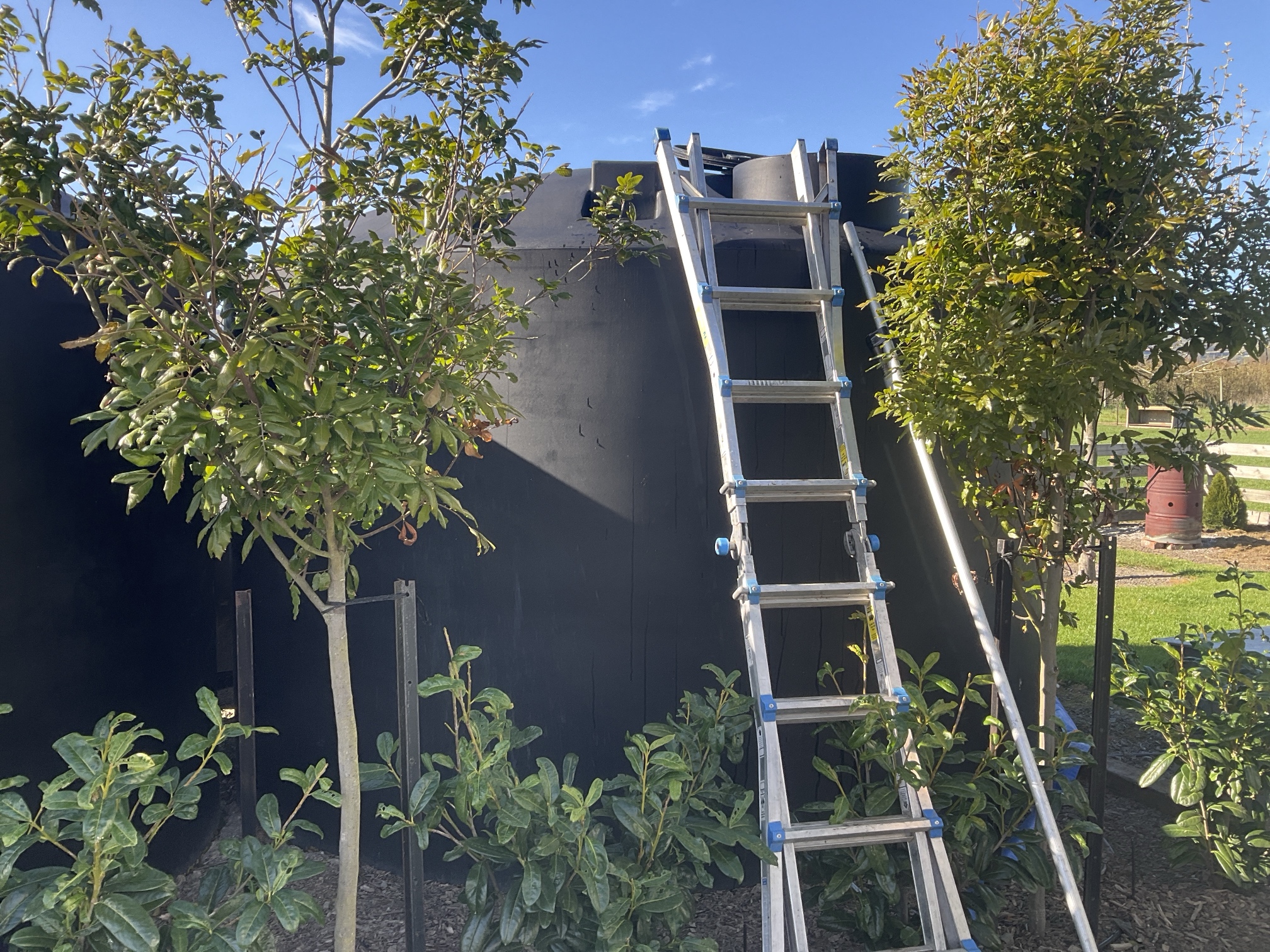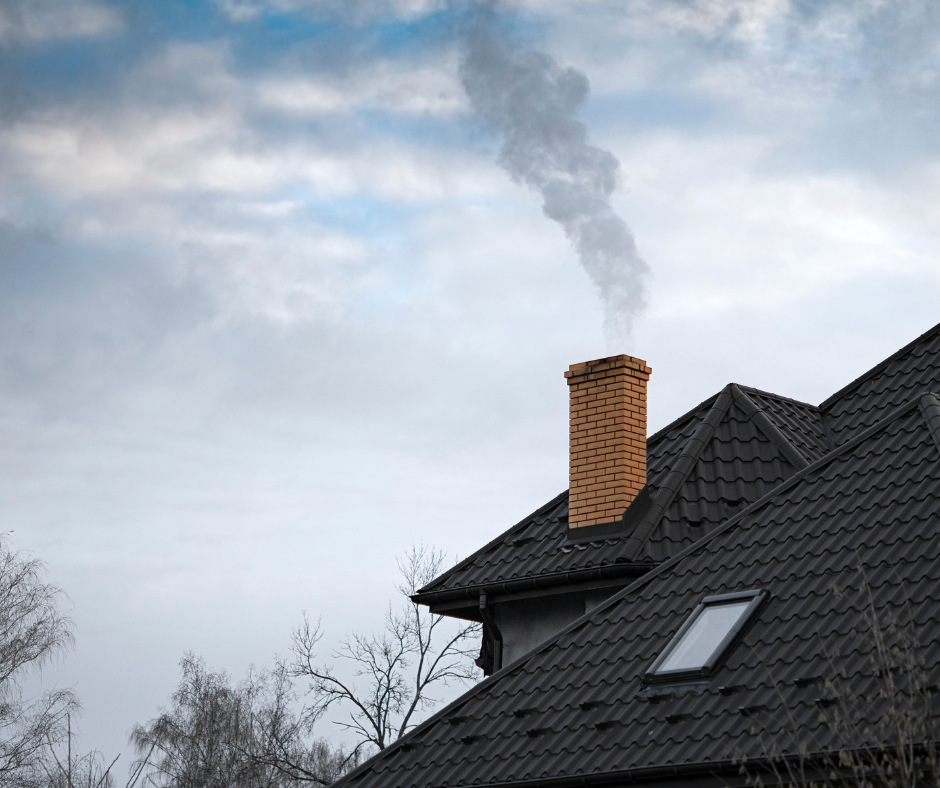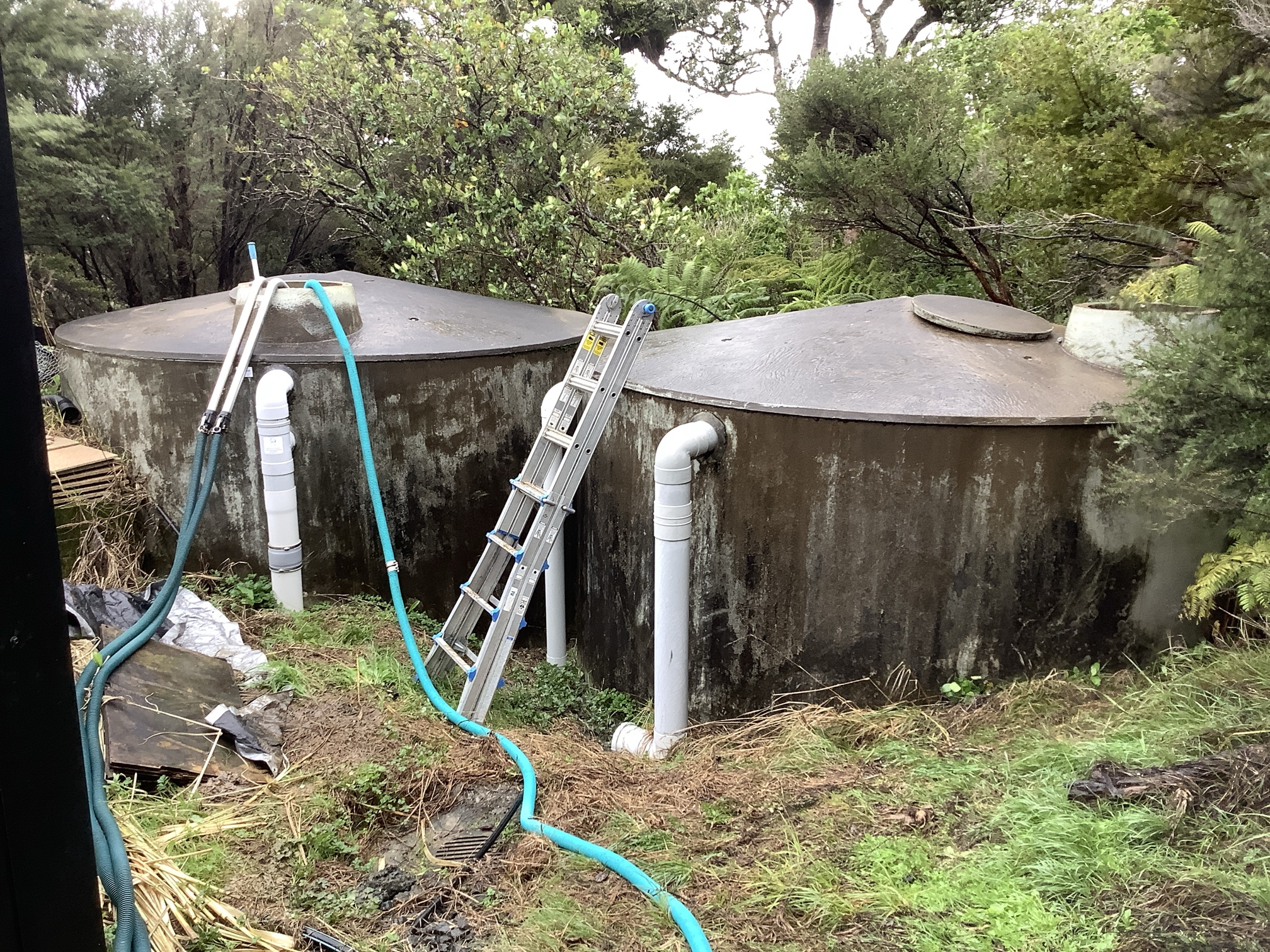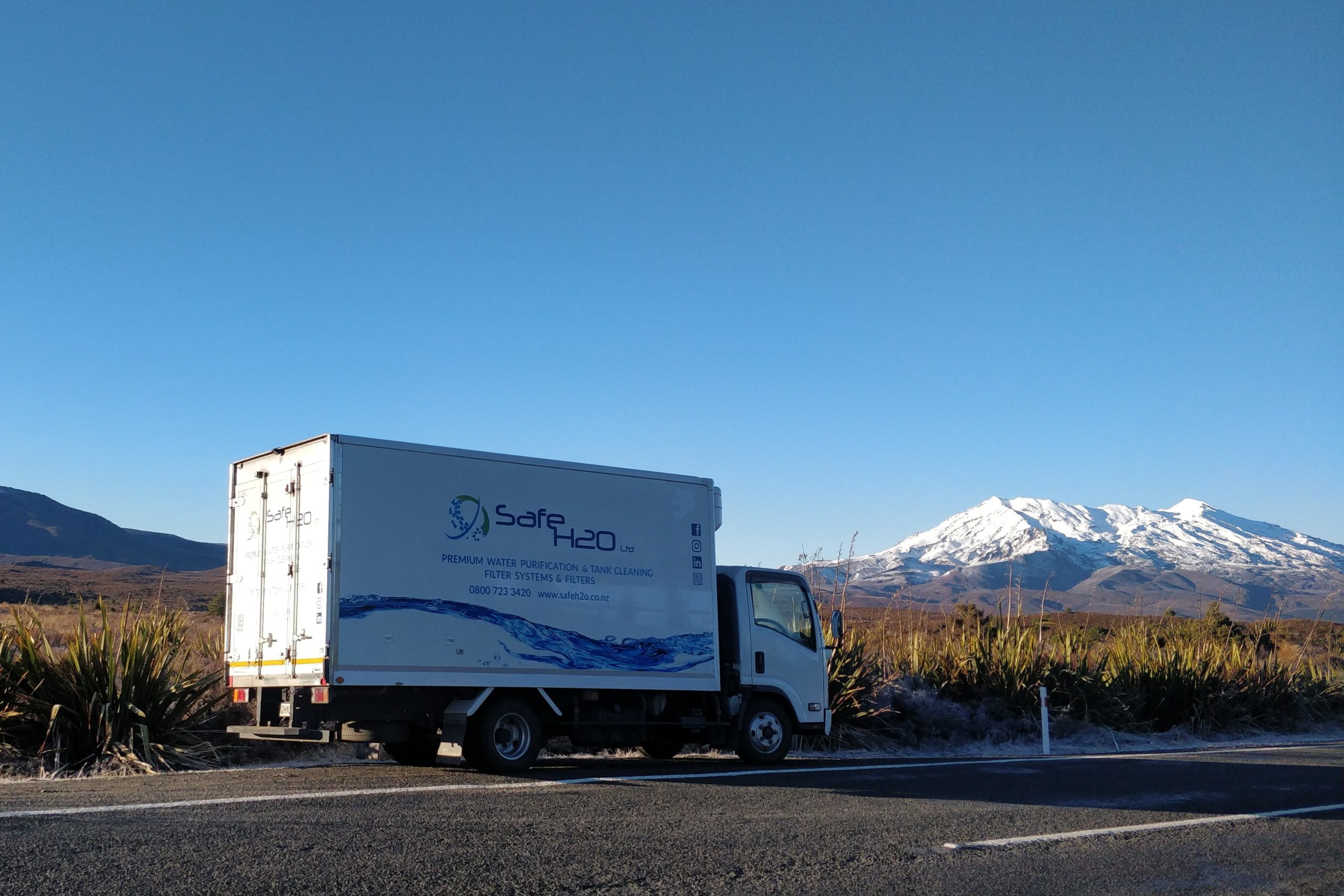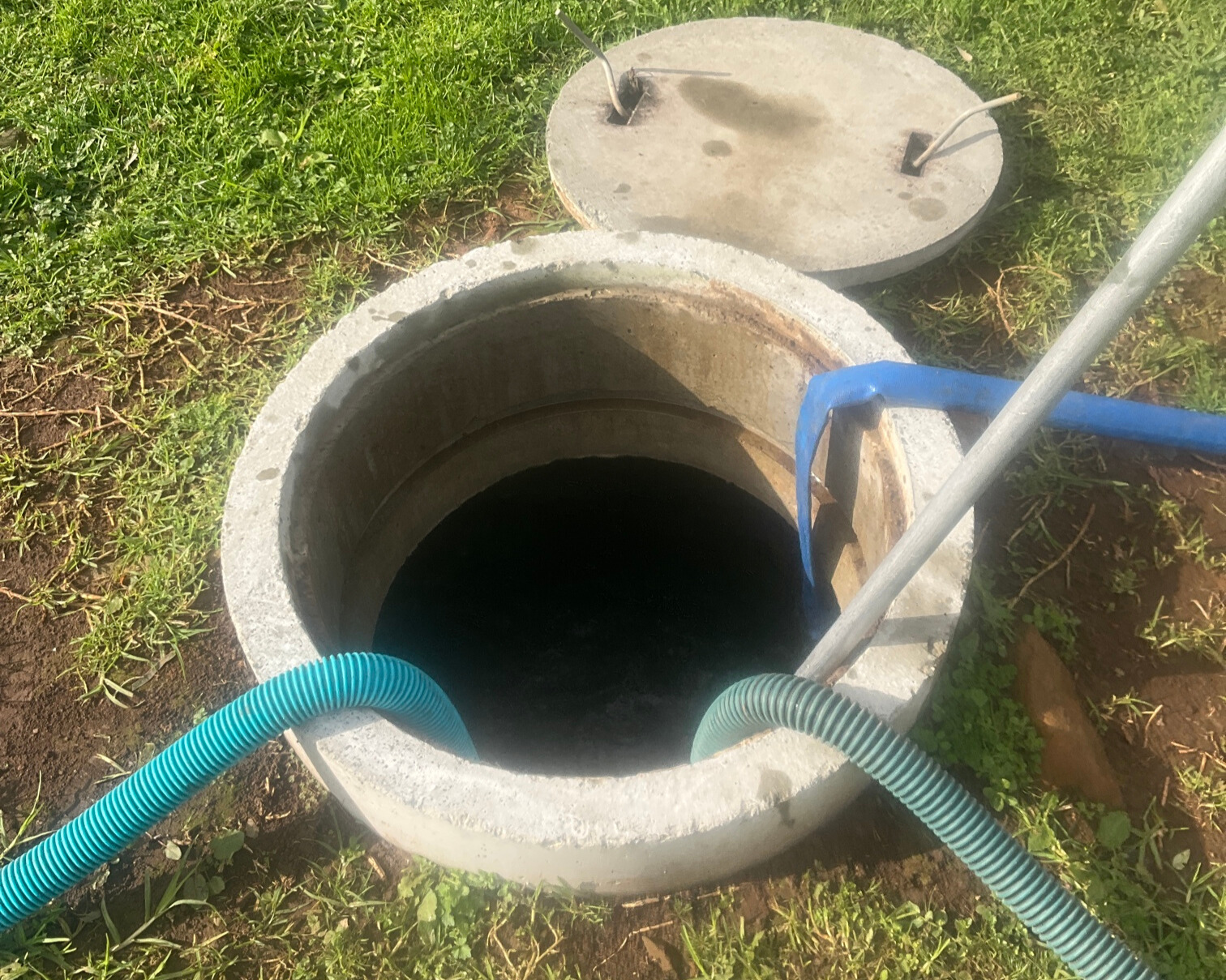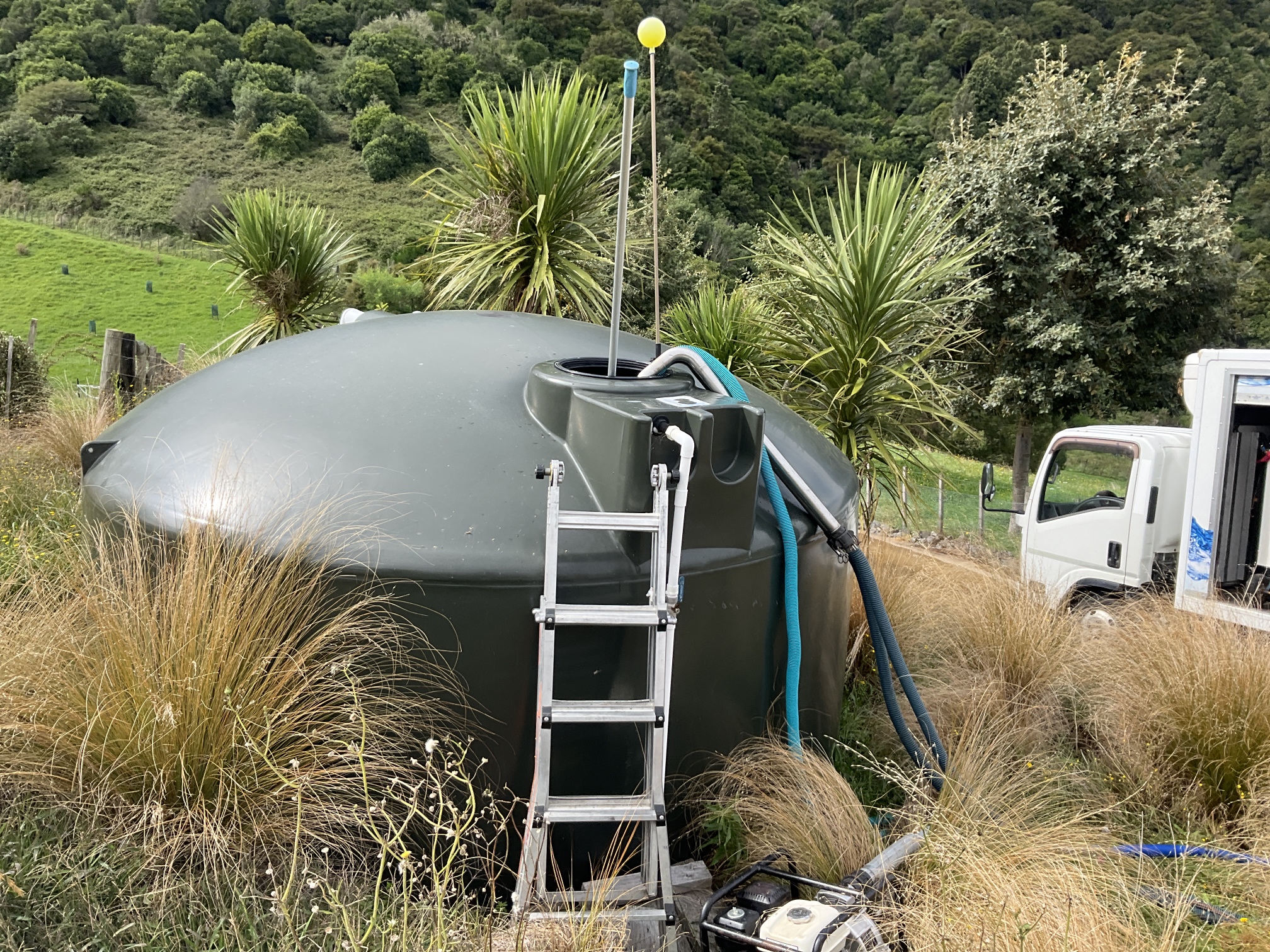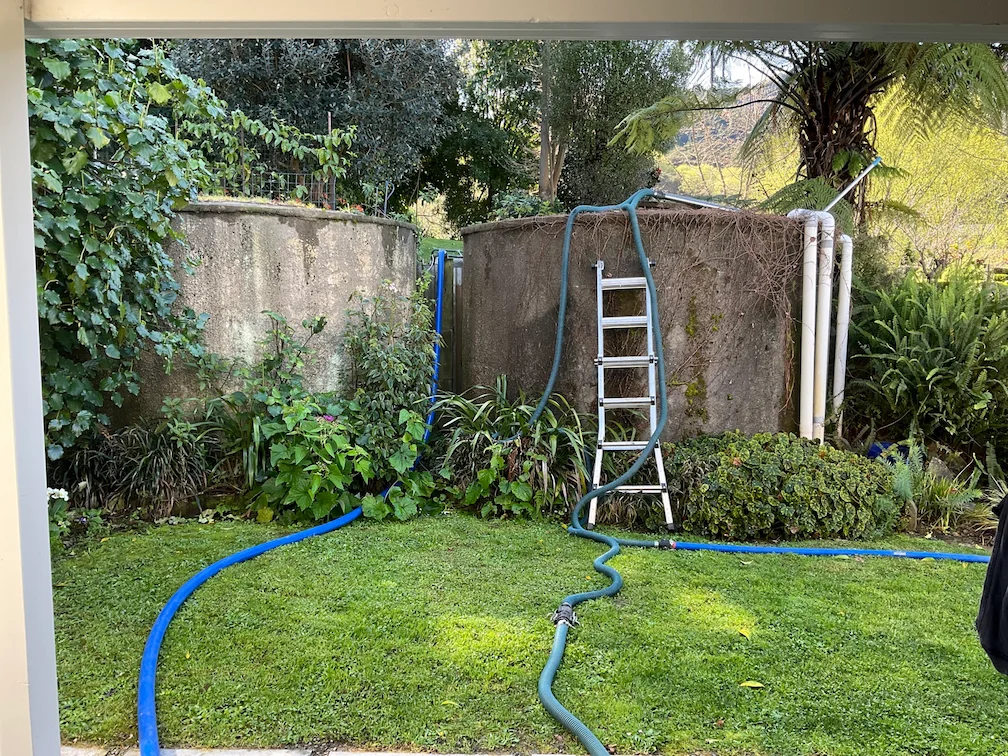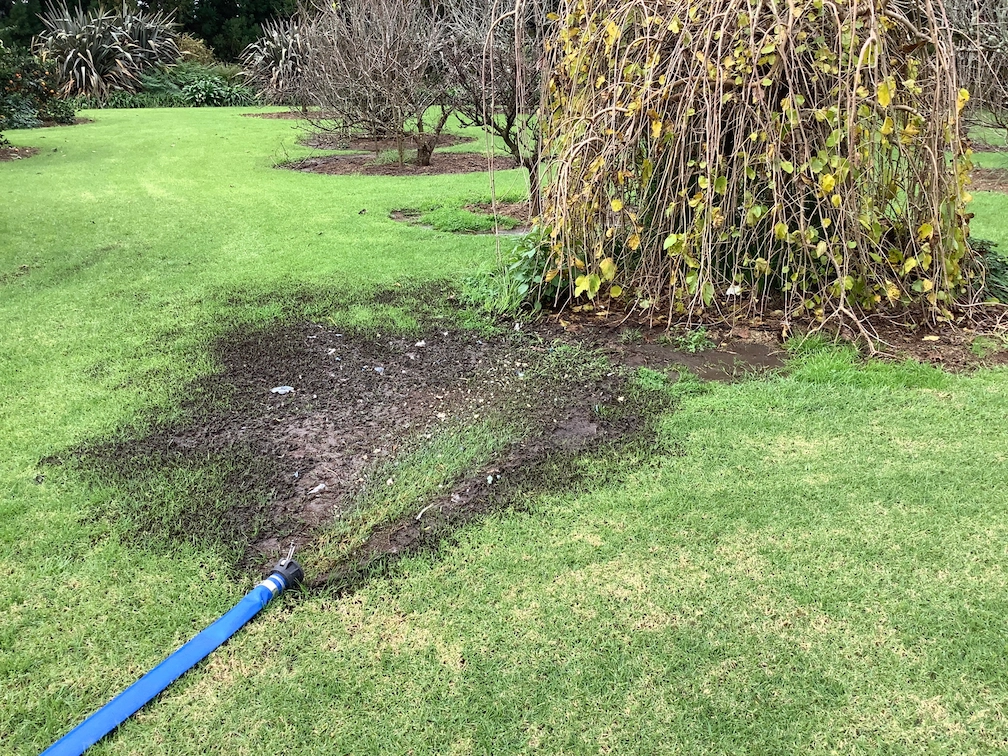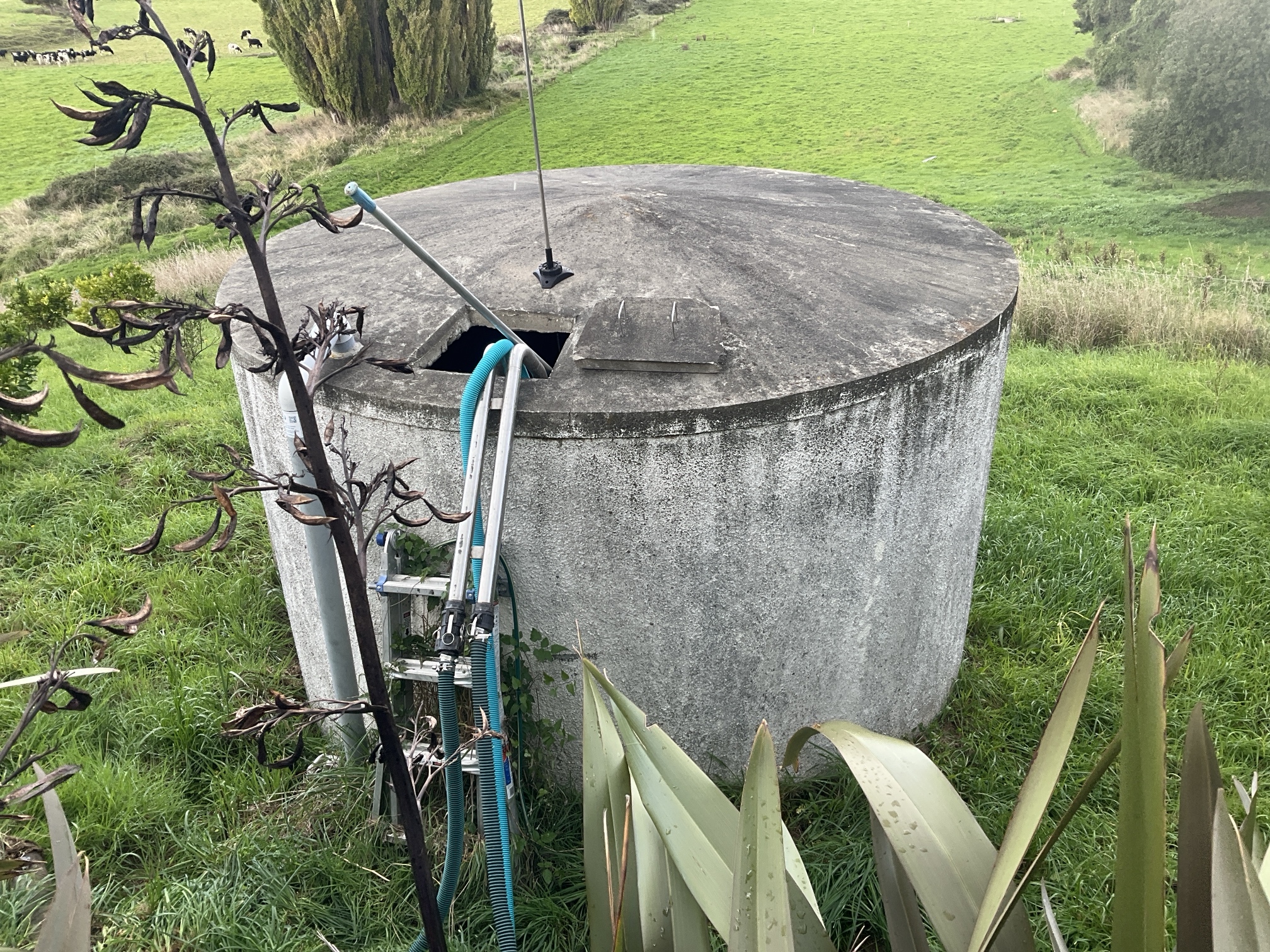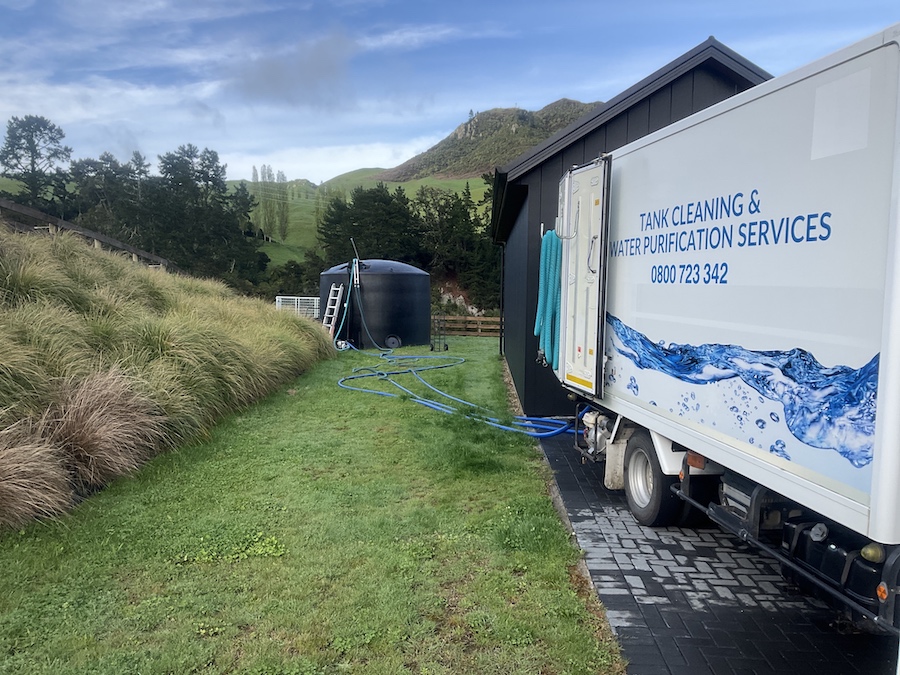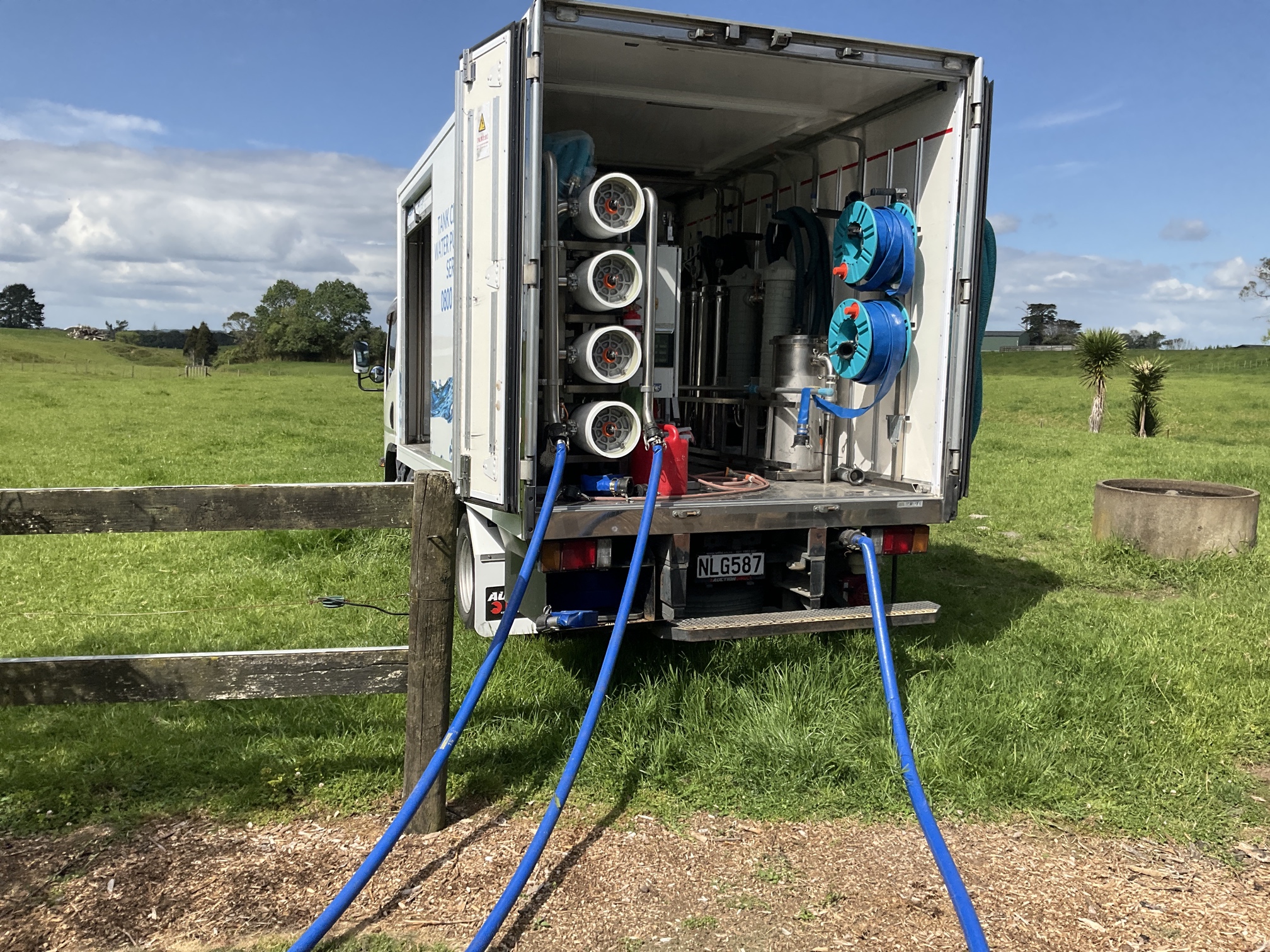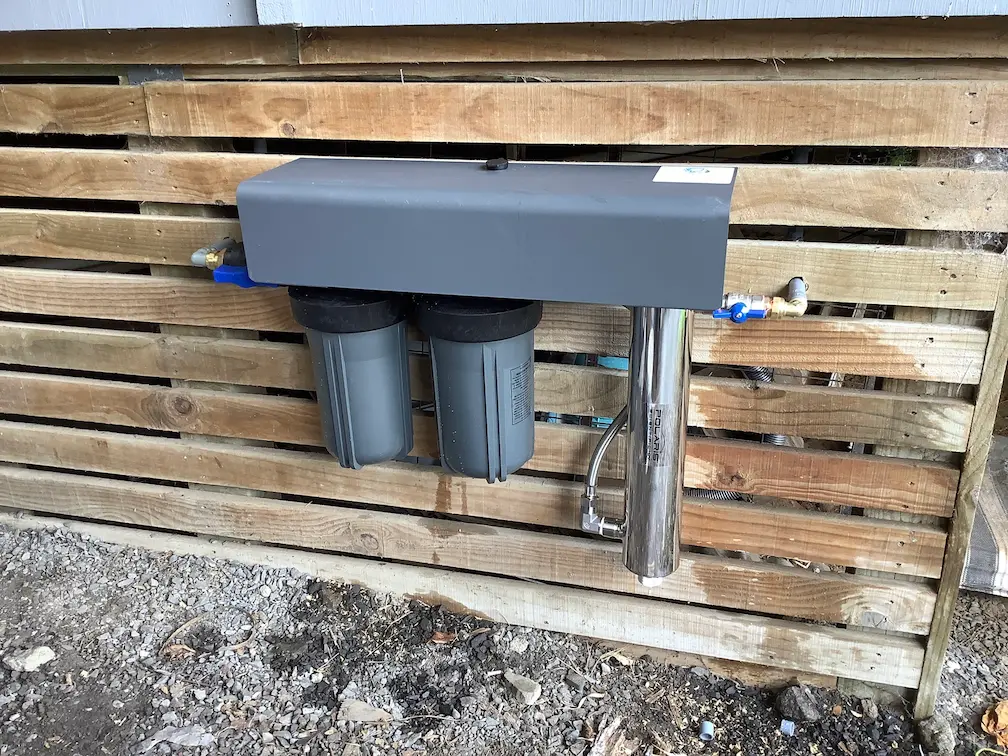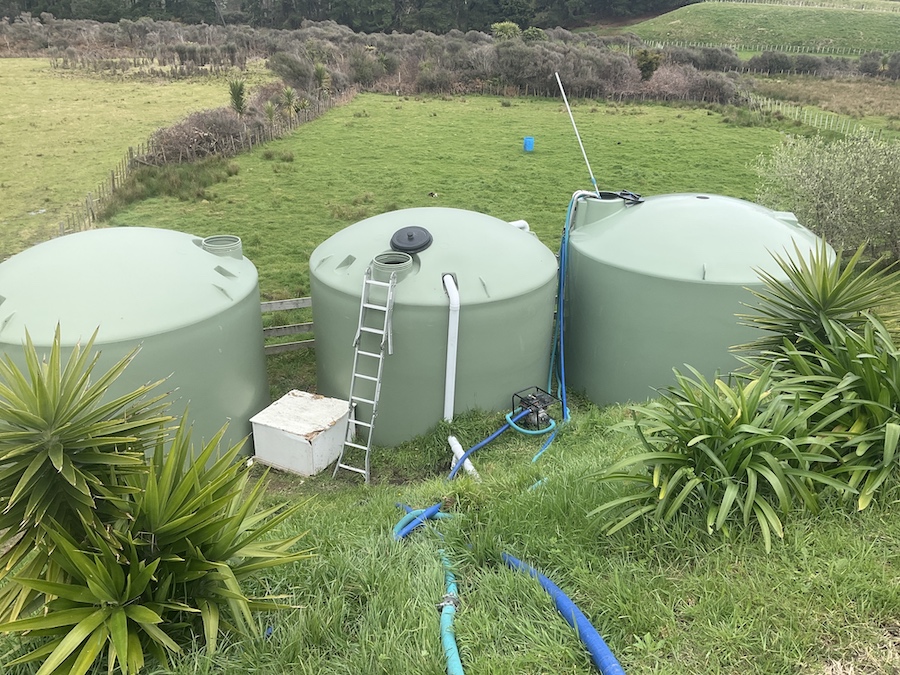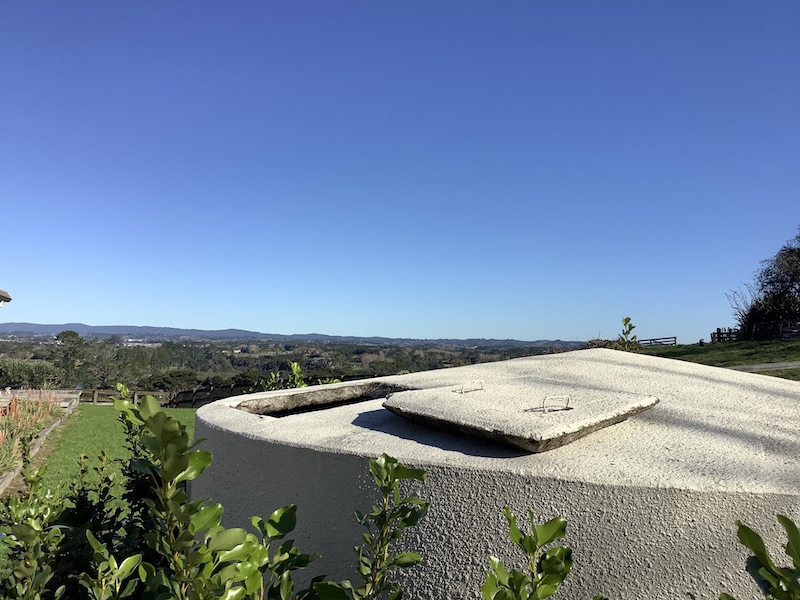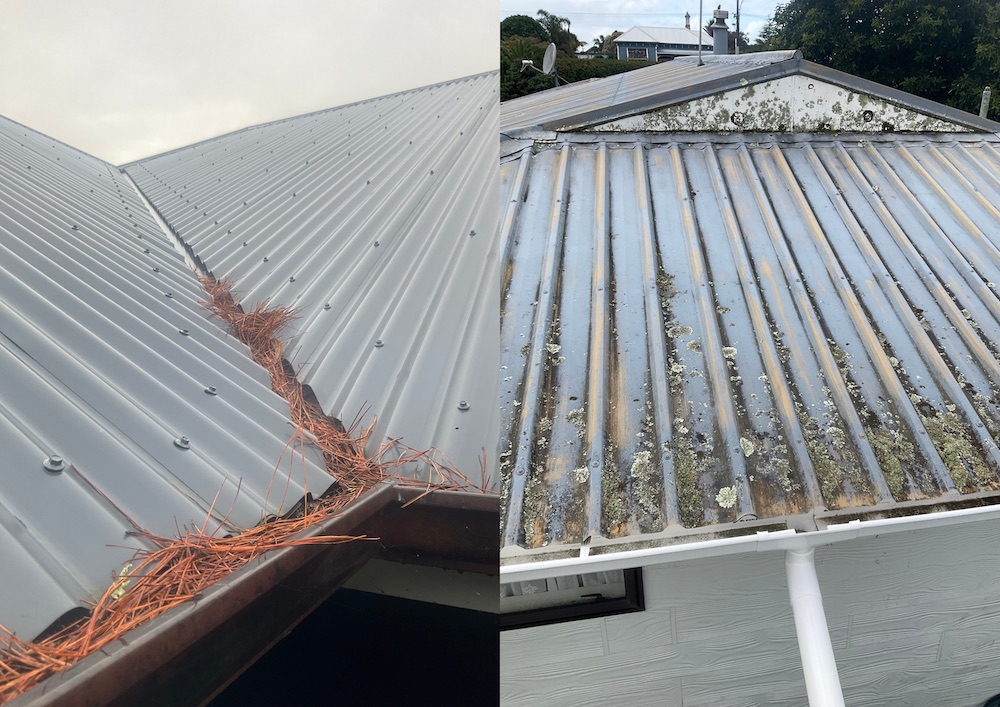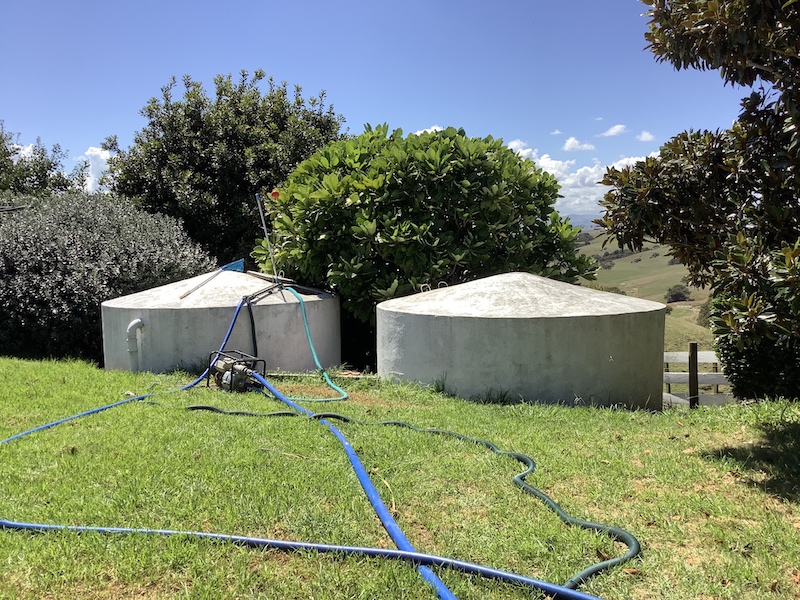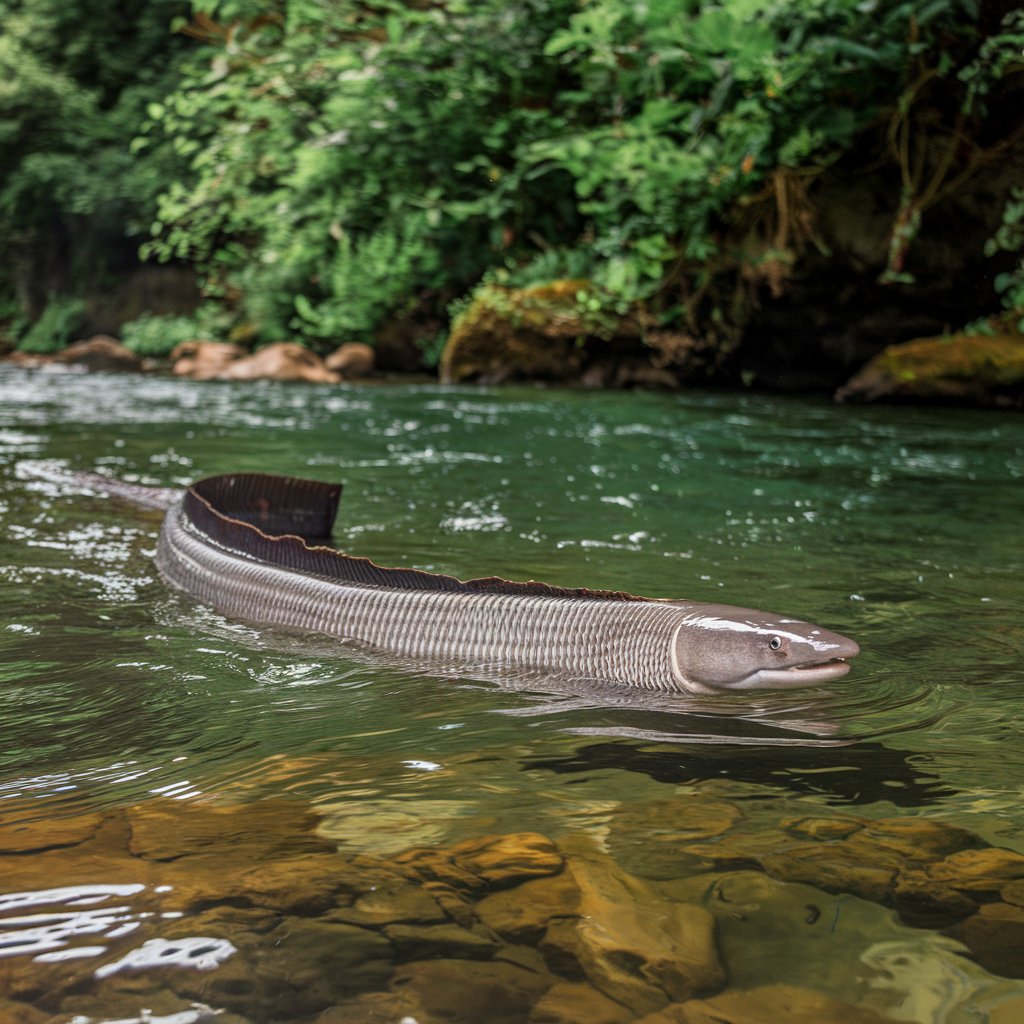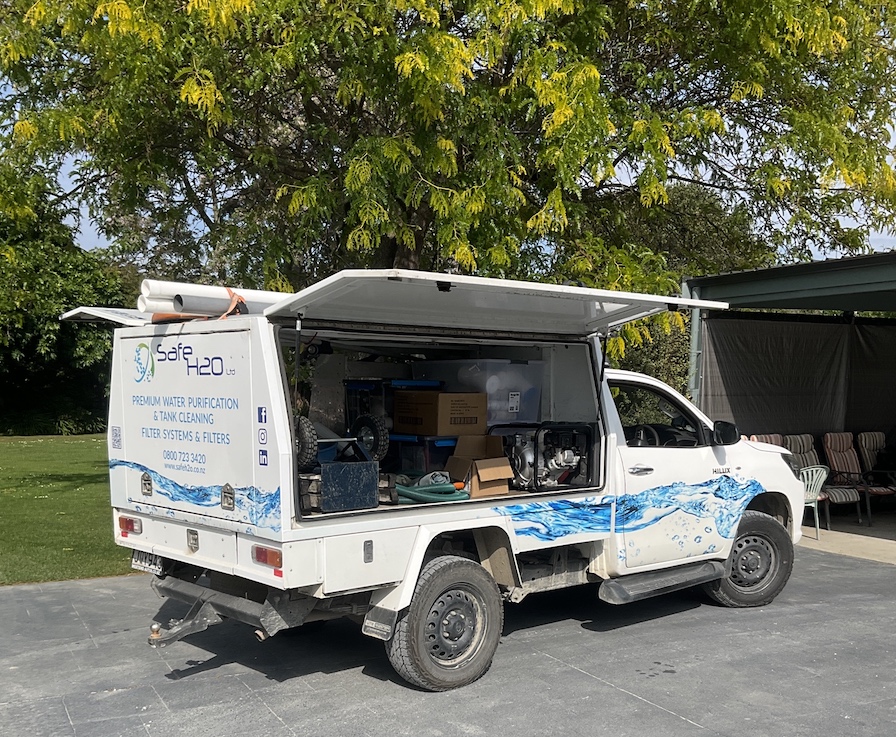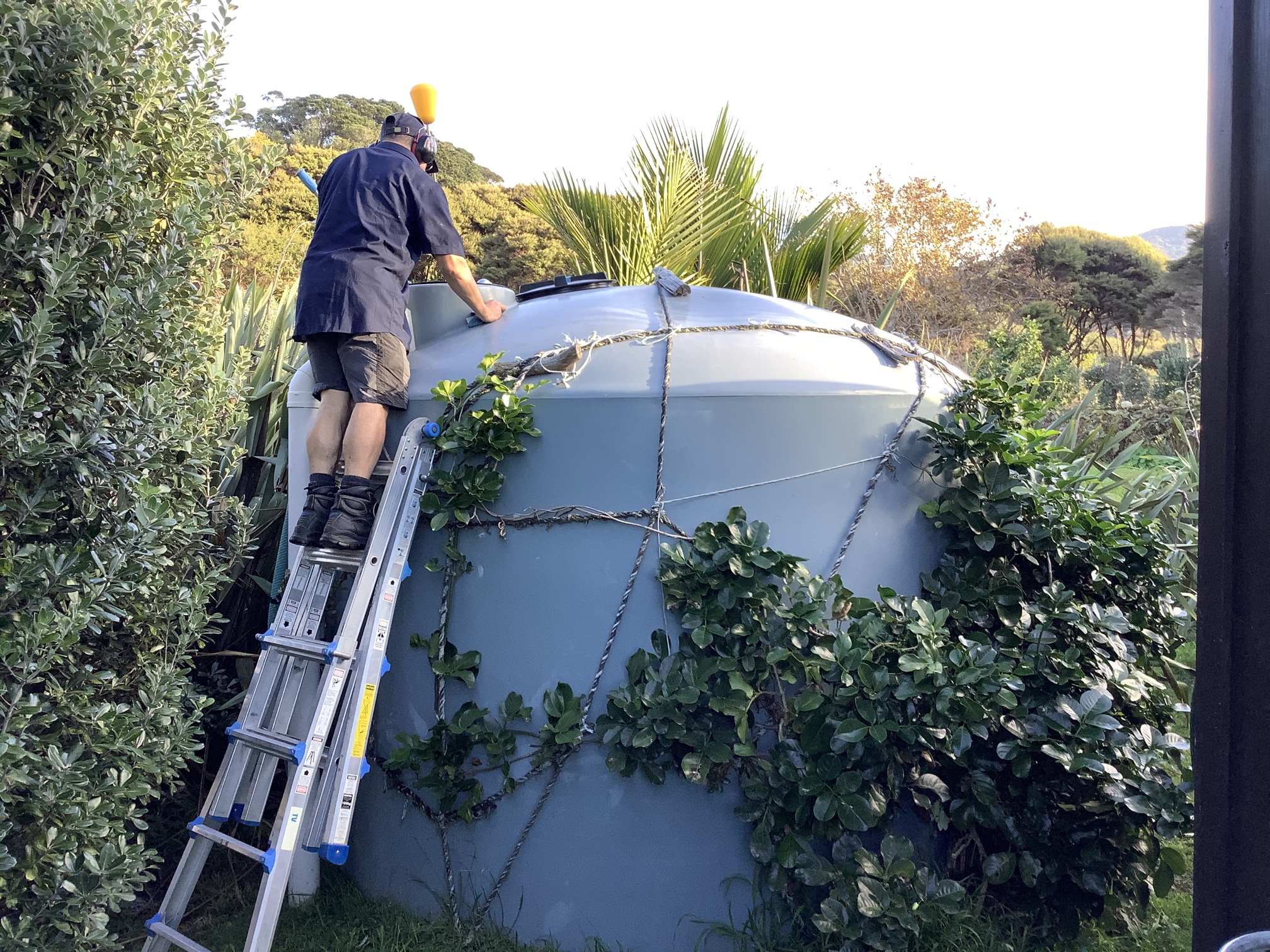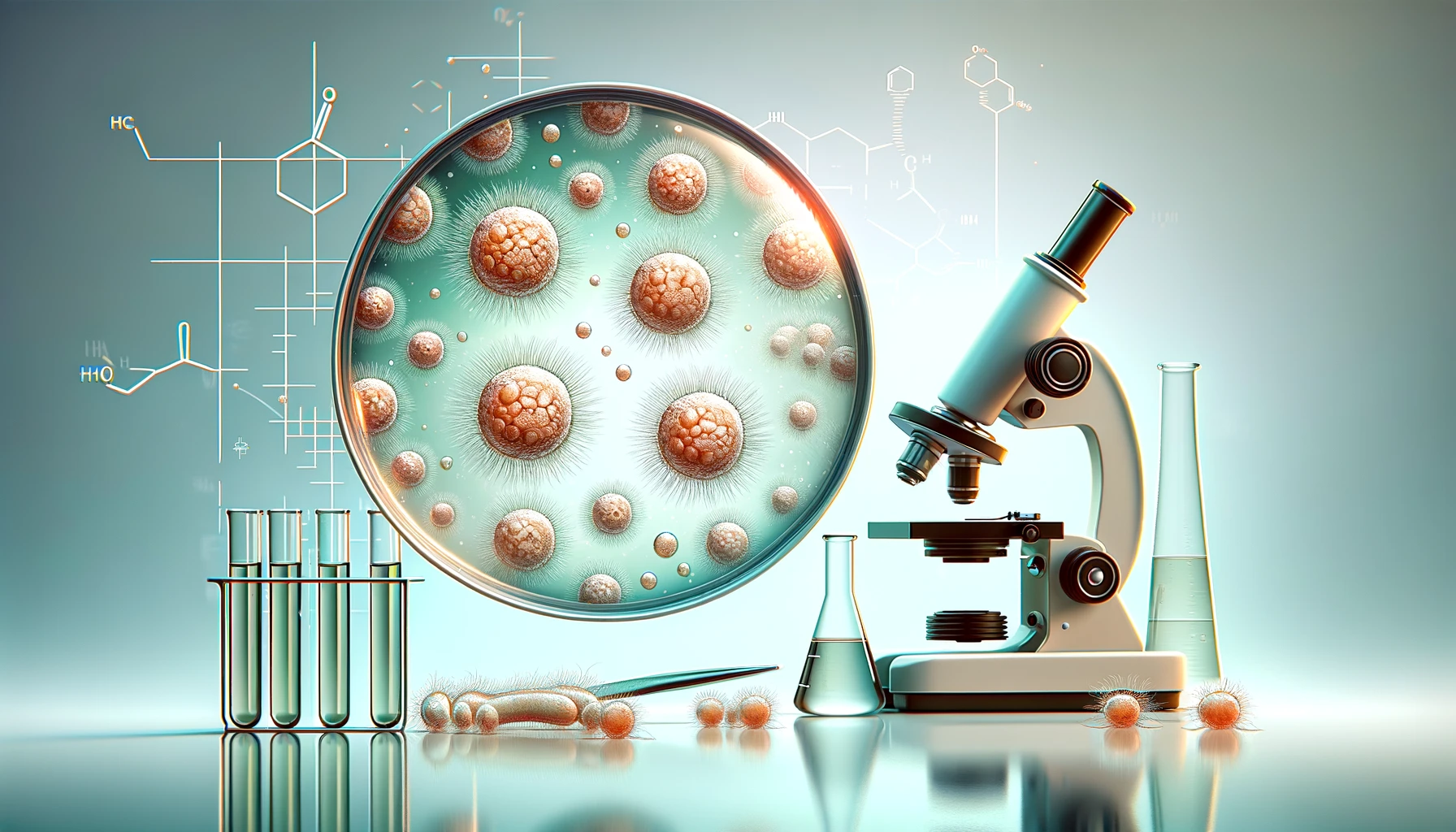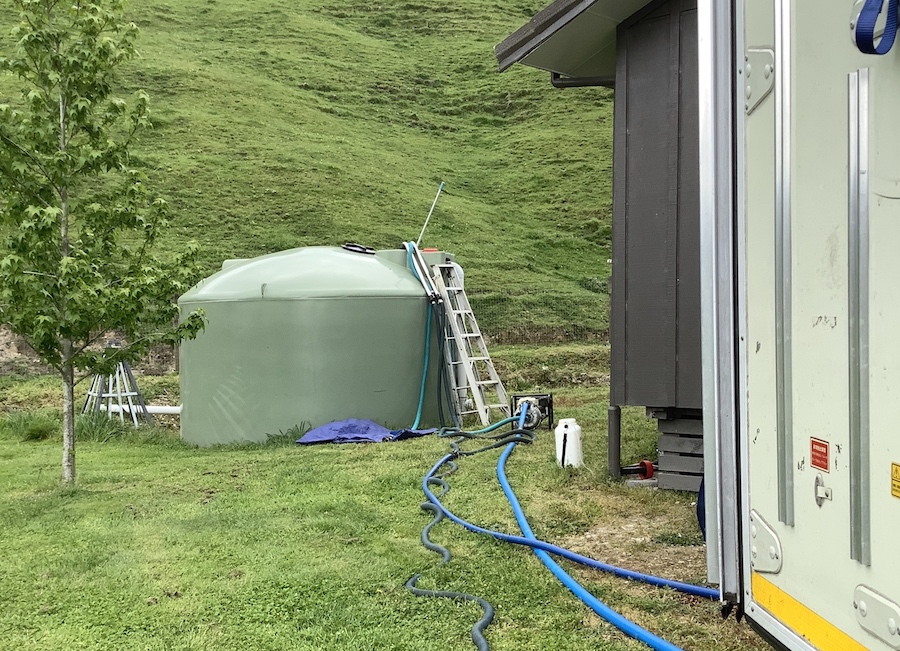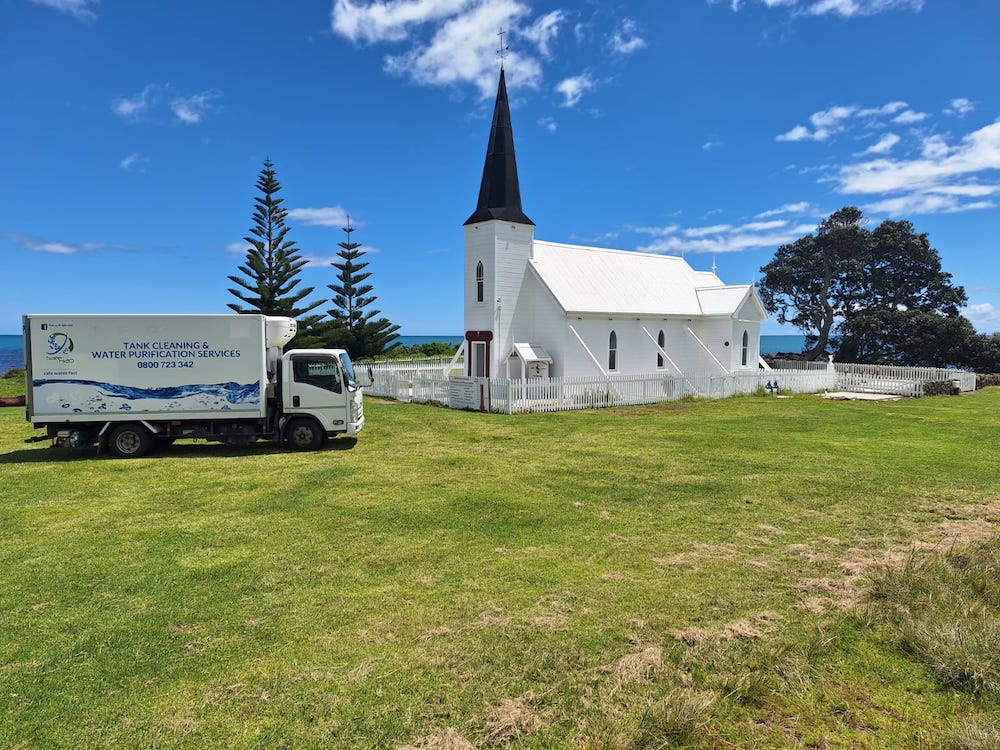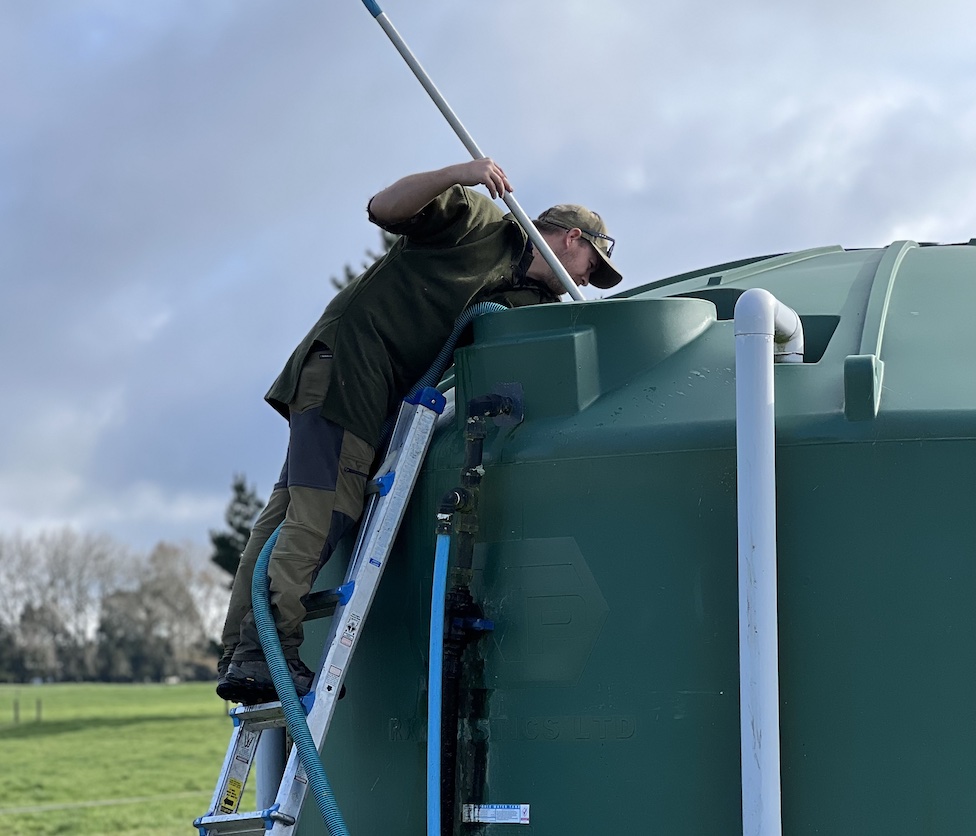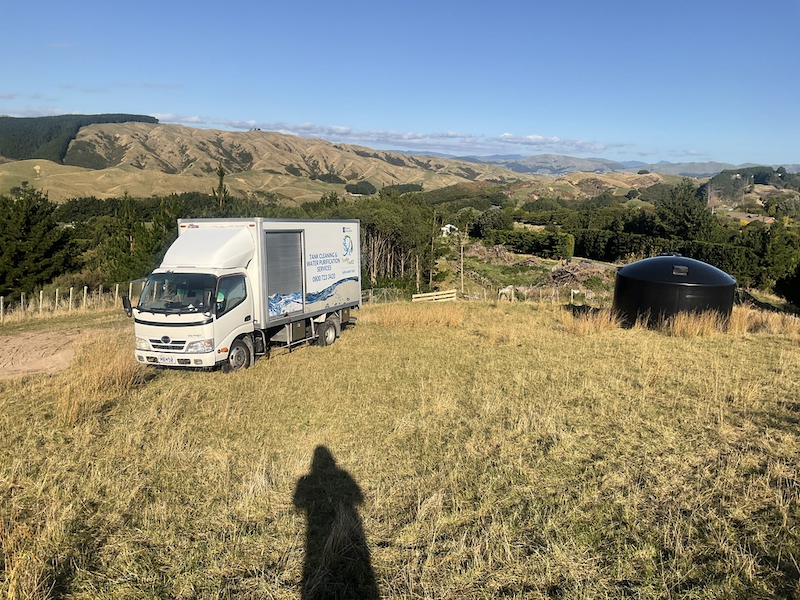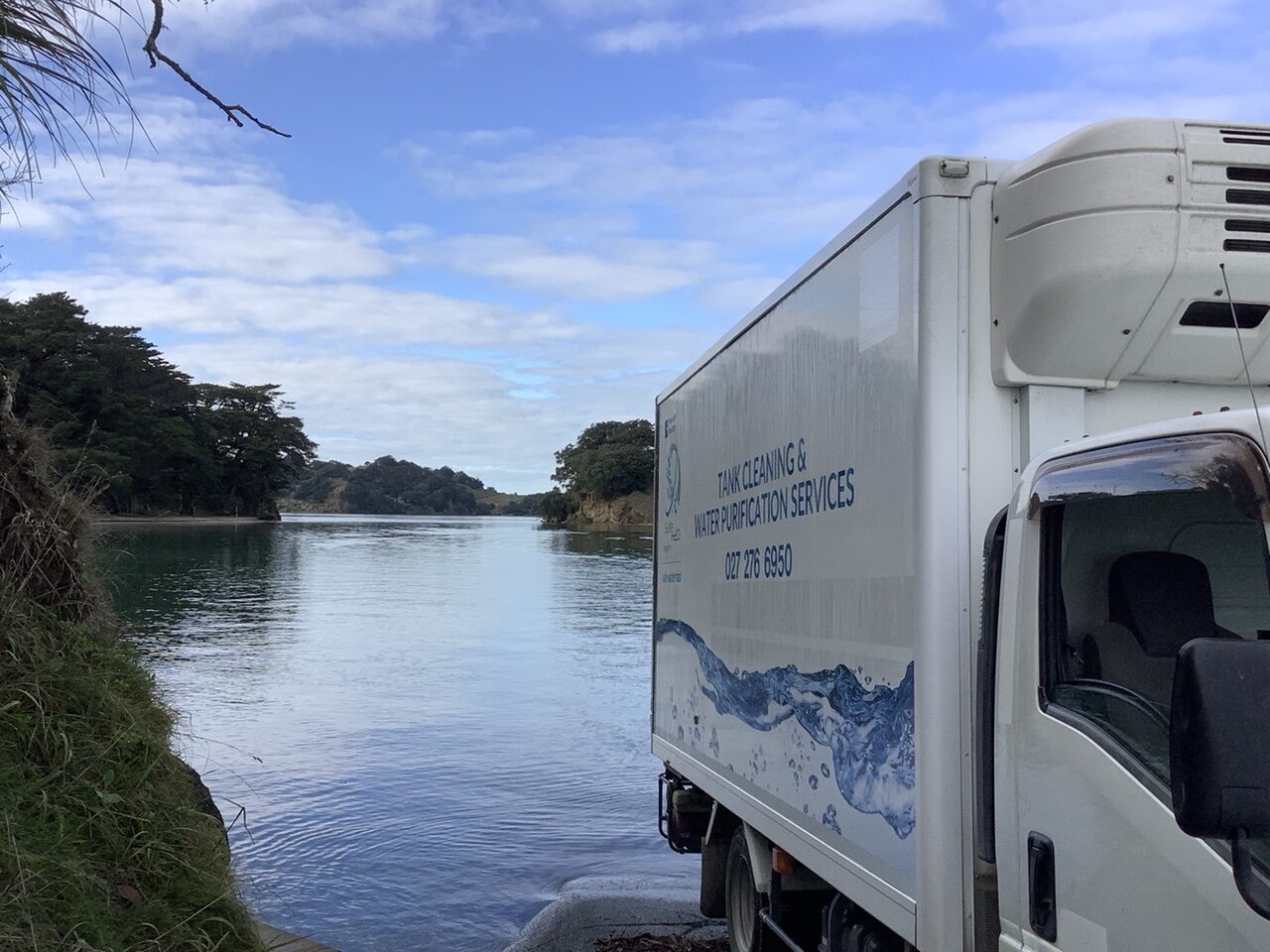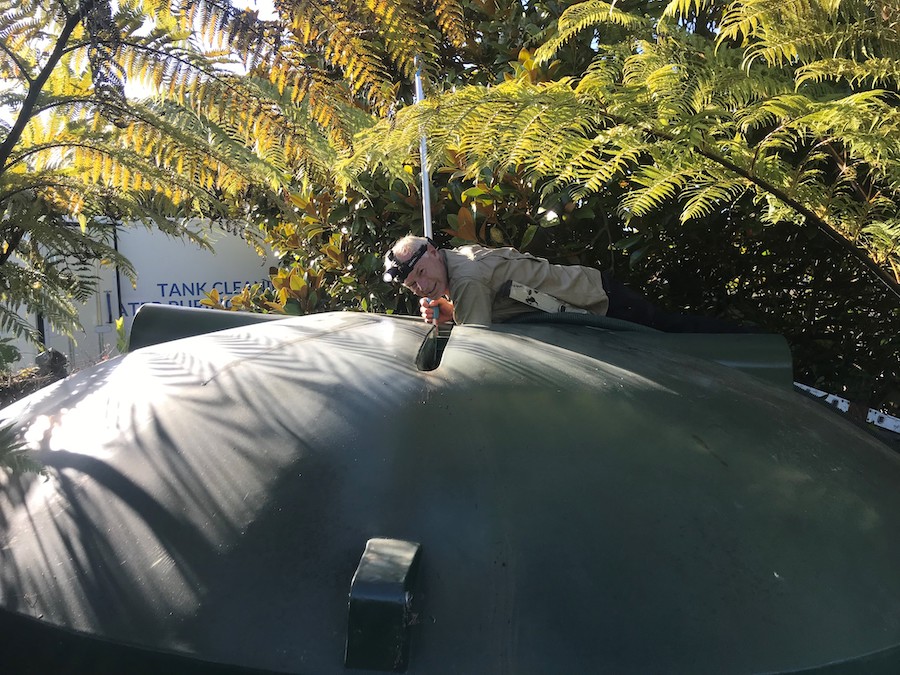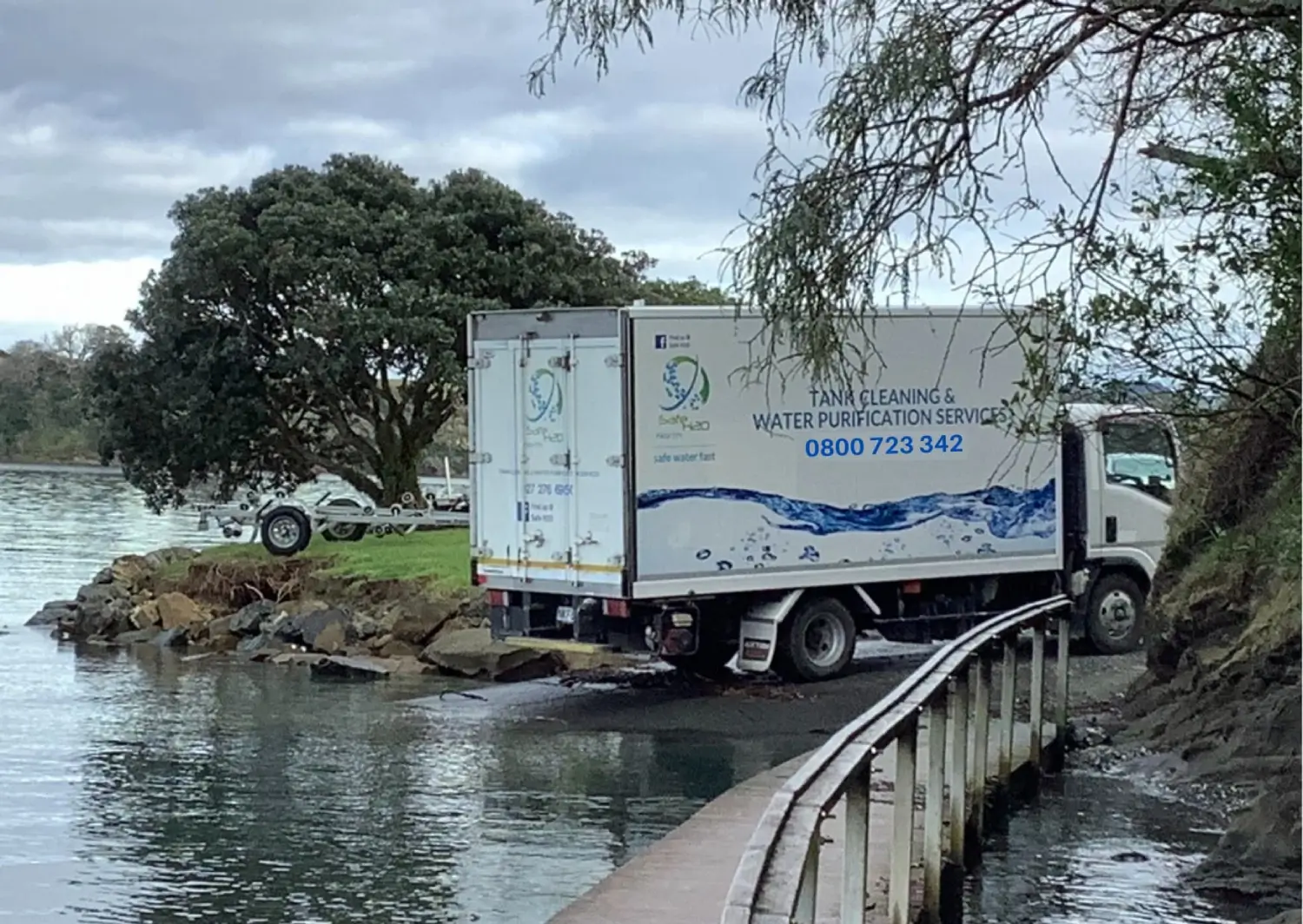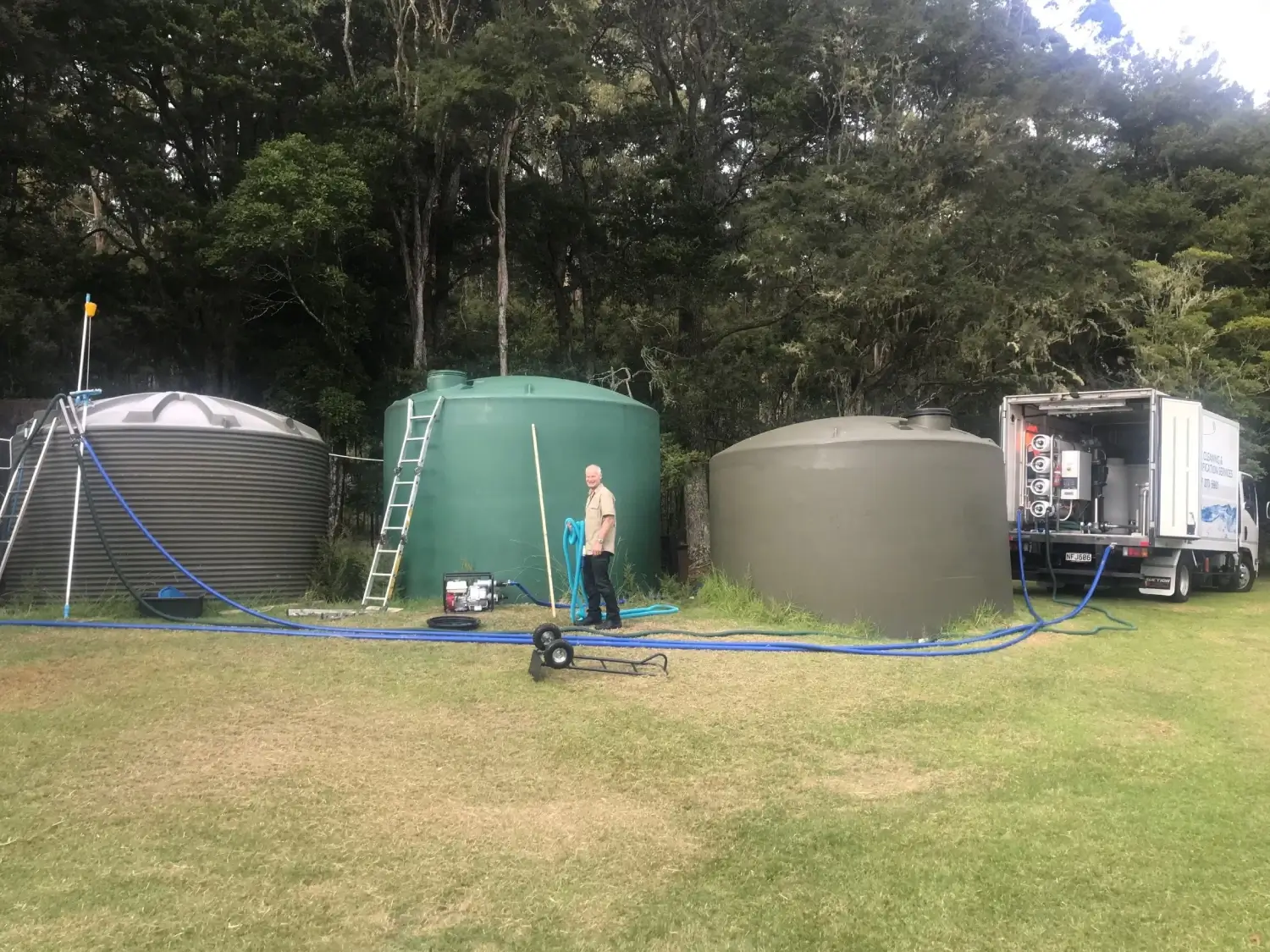How Possums, Rodents, and Birds Get into Your Water Tank - and How to Keep Them Out
What Rodents (and Birds) Commonly Get Into Water Tanks?
A range of animals can find their way into rainwater tanks, including:- Mice and Rats – Small and agile, these pests can squeeze through small gaps in pipe fittings or tank lids as well as via downpipes.
- Possums – Often accessing downpipes from your roof to find water or they can fall/climb into open or poorly sealed tanks.
- Birds – Birds nest in gutters or downpipes and they and their debris (feathers, droppings, hay/nest supplies) can be flushed into tanks. They can also chase insects into tanks that are not airtight.
- Other Wildlife – While less common, frogs and insects like mosquitoes, can end up contaminating your supply.
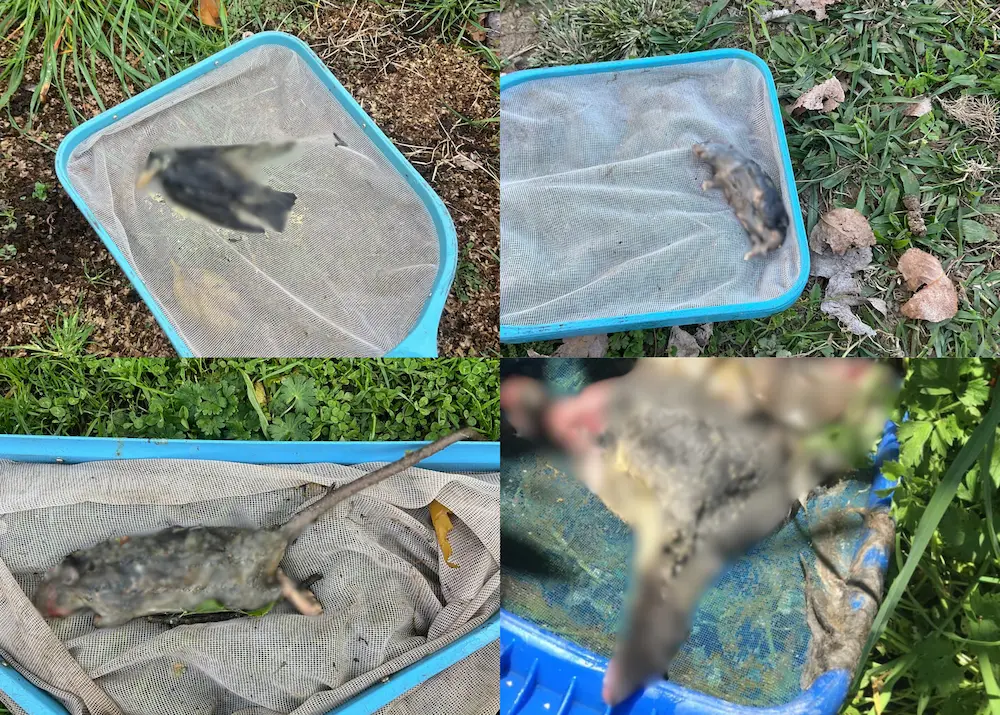
How Do They Get In?
Rodents and birds are persistent when they’re thirsty. Common entry points include:- Downpipes from gutters – Especially if they’re not screened or fitted with deterrents like gutter whiskers.
- Cracks in tanks or fittings – Rodents can exploit even the smallest gaps.
- Unsealed, poorly sealed or missing tank lids – An open invitation for animals seeking water.
- Disconnected or poorly connected inlet or outlet pipes
- Non-screened inlet or outlet pipes
What Happens When an Animal Dies in Your Tank?
The dangers aren’t just unpleasant – they can be seriously harmful to your health. Dead animals decompose quickly in water, causing:- Bacteria growth – Including dangerous pathogens like E. coli.
- Bad tastes and smells – Decomposing organic matter changes your water’s odour and flavour
- Health risks – Drinking or using contaminated water can lead to gastrointestinal illness or infections.
- Clogged plumbing and pumps – Bones, fur, and feathers can block pipes and filters, leading to costly repairs.
How to Prevent Animals from Getting into Your Tank
The good news is there are effective ways to keep rodents and birds, as well as insects, out of your tank. Here are some of the key steps we recommend:Seal the Tank- Make sure your tank lid is secure and tightly sealed.
- Inspect for and patch any cracks or gaps in the tank body or pipe fittings.
- Use mesh screens or tank inlet filters to prevent pests from slipping in through downpipes or inlet/outlet pipes.
- Install gutter whiskers (at least on your downpipe entry) to minimise the risk of nesting birds and/or thirsty animals getting into the tank and stop leaves from clogging your gutters (we can supply and install these for you).
- Install first flush or leaf diverters on downpipes to prevent large debris from entering your water supply. During rainfall, you can open the flush cap to release the initial runoff, helping to keep contaminants that have accumulated on your roof from reaching your water tank.
- Reduces the risk of birds or their debris falling into your tank.
- Avoid leaving organic matter (like leaves or droppings) where it could wash into your water supply.
How Safe H2O Can Help
If you suspect (or know) an animal has gotten into your tank, don’t risk your health. At Safe H2O, we can:- Safely remove the animal and clean your tank thoroughly.
- Filter and treat your water to remove bacteria and debris.
- Inspect your system and alert you to any vulnerabilities we see while onsite.
- Supply and install gutter whiskers and offer advice on best practices for ongoing tank hygiene.
- Supply and install a UV filtration system to help remove sediment and neutralise bacteria before the water enters your home’s plumbing (even when harmful contaminants are present in the tank).
Final Thoughts
Rodents and birds in your tank aren’t just gross – they’re dangerous. But with the right preventative steps and regular maintenance, you can protect your water supply and your health. Prevention is the best solution!If you’re unsure about the condition of your tank, or it’s been more than two years since your last clean, it might be time for a professional inspection and service.Need help now? Book a professional water tank clean with Safe H2O today and enjoy peace of mind knowing your water is clean, safe, and animal-free.👉 Contact us now to get a quoteConcerned about nitrates in your water, and want to know how to get rid of them?
In this blog, we'll explore these frequent water tank problems and provide practical solutions to address them effectively
Smoke and soot can contaminate NZ water tanks. Learn how it happens, the health risks, and Safe H2O’s expert tips for cleaning and prevention.
This comprehensive guide examines the benefits and drawbacks of DIY and professional water tank cleaning, enabling you to make the best choice for your home.
Winter’s cooler weather might not have you thinking about your water tank - but it should.
Whether you’re collecting rainwater, drawing from a bore, or tapping into a stream, your water tank is the heart of your...
Whether you’re collecting rainwater, drawing from a bore, or tapping into a stream, your water tank is the heart of your...
How Possums, Rodents, and Birds Get into Your Water Tank – and How to Keep Them Out When thinking about water quality, …
What’s in Your Water? Common Contaminants in NZ Drinking Water Tanks Whether your water comes from rainfall, a bore or a nearby …
Water Tank Cleaning Myths Debunked When it comes to maintaining clean and safe water in your tank, there can be a bit …
Autumn Water Tank Care Tips: Preparing for the Seasonal Change As the crisp air of autumn rolls in, it’s time to think …
Water Tank Cleaning: A Comparison of Traditional vs. Our Innovative Method When it comes to cleaning your water tank, Safe H2O cleans …
UNDERSTANDING FILTRATION SYSTEMS: WHAT IS SEDIMENT AND UV WATER FILTRATION? Your water source likely contains a myriad of sediments and particles, ranging …
Water Tanks 101: A Beginner’s Guide to Clean, Safe Water for Your Property Water tanks are an essential resource for those on …
What can I do before water enters my tank to help minimise my risks? Spring or surface water (streams) will usually be …
When it comes to maintaining a healthy rainwater fed tank, one of the most overlooked aspects is the cleanliness of your roof and gutters.
Flush Caps, Leaf Diverters, and More: Methods to Help Protect Your Water Supply When it comes to maintaining a clean and safe …
In the realm of curious misconceptions, one fascinating myth suggests that eels clean water tanks. While this idea captures the...
Why having ‘Immunity’ to Bad Tank Water is a Bad Thing When it comes to maintaining a healthy home, clean water is …
Safe H2O Collaborates with Isaac’s Plumbing, Pumping and Electrical Here at Safe H2O, we aim to provide exceptional advice, service, and support …
How Often Do New Zealand Schools Need to Clean Their Water Tanks? Here in NZ, managing water supplies, including water tank maintenance …
What is Cryptosporidium and How to Keep Your Water Safe What is Cryptosporidium? In simple terms, Cryptosporidium is a tiny parasite that …
Why you should use a Water Tank Cleaning Specialist Well maintained water tanks are the backbone of clean water storage and supply …
Guarding Against E. coli: Essential Strategies for Ensuring Safe Water Tank Systems Water tanks are an essential source of clean drinking water …
5 Top Reasons to Keep Your Water Tank Clean in New Zealand Cleaning your water tanks is something that’s probably not always …
Autumn Alert: Why Now is the Perfect Time to Clean Your Water Tank As the autumn leaves are about to fall and …
What are my Legal Obligations for water tank cleaning in New Zealand? Taumata Arowai is the new Water Services Regulator for Aotearoa …
Top signs your water tank needs cleaning – Don’t ignore these red flags Your water tank is a vital component of your …
How Often Should I Clean My Water Tank in New Zealand? If you are one of the thousands of New Zealanders with …
The Risks of Cleaning Your Water Tank with Janola or Household Bleach Should you use Janola to clean your water tank? Here …
12 Ways to Save Your Tank Water Worried about your water tanks running empty? Rainfed tank water is a limited supply and …
How much does it cost to clean my water tank? The cost of cleaning a typical New Zealand water tank depends on …


